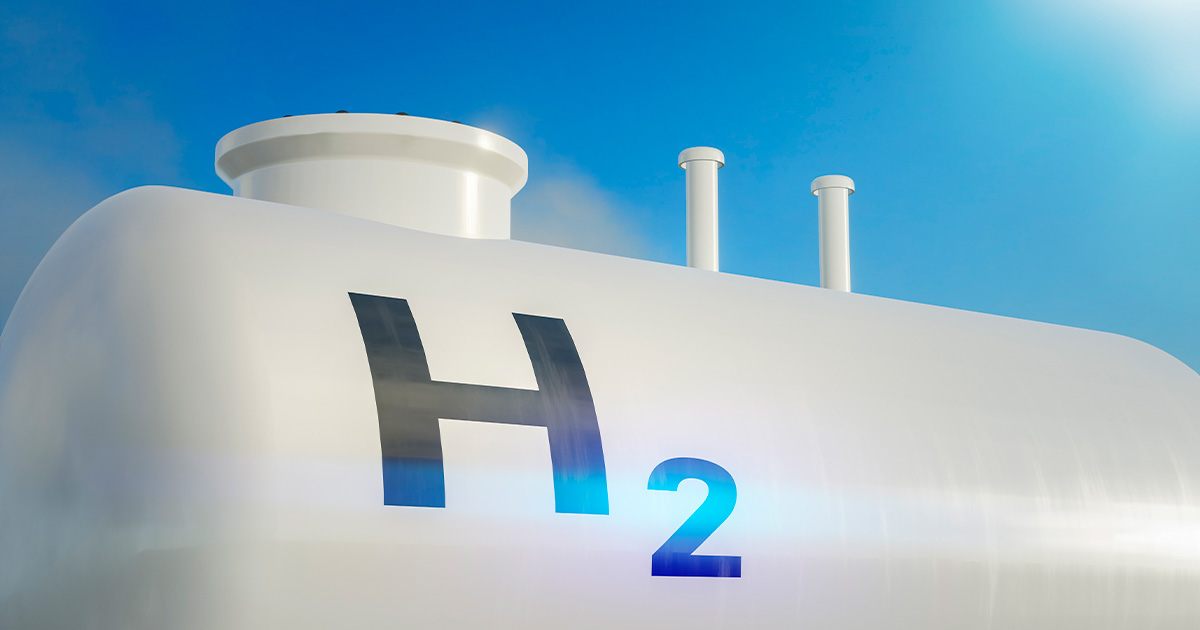Imagine the following scene: an open-air market where merchants sell their products, competing on price to attract consumers. Now, imagine that in this market, there is only one product being sold: electricity.
This is the direction the Ministry of Mines and Energy (MME) is taking, having published Ordinance No. 50/2022 on September 28, 2022, expanding access to the free market for high and medium voltage consumers, affecting around 106,000 units starting from January 1, 2024.
Alongside this, Public Consultation No. 137/2022 was launched on October 1, 2022, aiming to discuss opening the free market to low-voltage units, excluding residential and rural subgroups, with a scheduled opening from January 1, 2026.
As can be seen, the MME has been making significant strides in developing the Free Contracting Environment (ACL), which currently accounts for around 34.5% of all electricity consumed. The goal is to reduce the Regulated Contracting Environment (ACR), where the purchase is intermediated by the distributor with generators, in favor of direct negotiation.
This is not entirely new, as large enterprises such as industries and shopping centers already had legal authorization to participate in this market, provided their consumption was above 500 kW and restricted to the purchase of energy generated from renewable sources. The opening of the market brings significant advancements by allowing consumers to have a wide range of options for contracting their energy, encouraging competitiveness and reducing tariff prices. It also allows for contracts that are better suited to the consumer’s profile, taking into account the characteristics of their activity, such as preference for energy source and consumption times.
The migration to a direct consumer-generator commercial system seems to be an irreversible trend. However, one must approach this shift with caution. One of the main barriers to the implementation of the ACL lies in the structure defined by Law No. 10,848/2004, which, in order to ensure greater market predictability, established relationships between generators and distributors through legacy or term contracts. In this system, distributors make long-term contracts with pre-agreed prices. This setup exists due to the high volatility of electricity prices in the short term, given that Brazil’s energy matrix is predominantly dependent on rainfall.
With the expansion of access to the ACL, the costs for captive consumers in the ACR are likely to increase in a cyclical movement. This will drive more migration to free consumption, but also impose higher costs on remaining consumers, who will share the burden of the long-term contracts passed on by the distributors. This would be one possible scenario. Another option would be to transfer the burden to the consumers in the free market. However, this would make migration to the free market less beneficial and could jeopardize the successful implementation of this model, which is known to be advantageous for all.
An alternative could be to share this cost among all consumers, as proposed in Bill No. 414/2021 and MME Public Consultation No. 43/2017, allowing distributors’ excess contracted energy to be sold in the free market. The difference between the sale price and the original price—whether higher or lower—would form a sectoral charge. Within this option, a gradual migration schedule from captive consumption to free market consumption could also be established.
Thus, the sector must face this challenge while keeping in mind that, in the long run, migrating to the free energy market may be the best choice. Significant changes to streamline infrastructure sectors, such as energy, require patience and extensive dialogue between its participants and the government to ensure that the market does not close earlier than expected.


